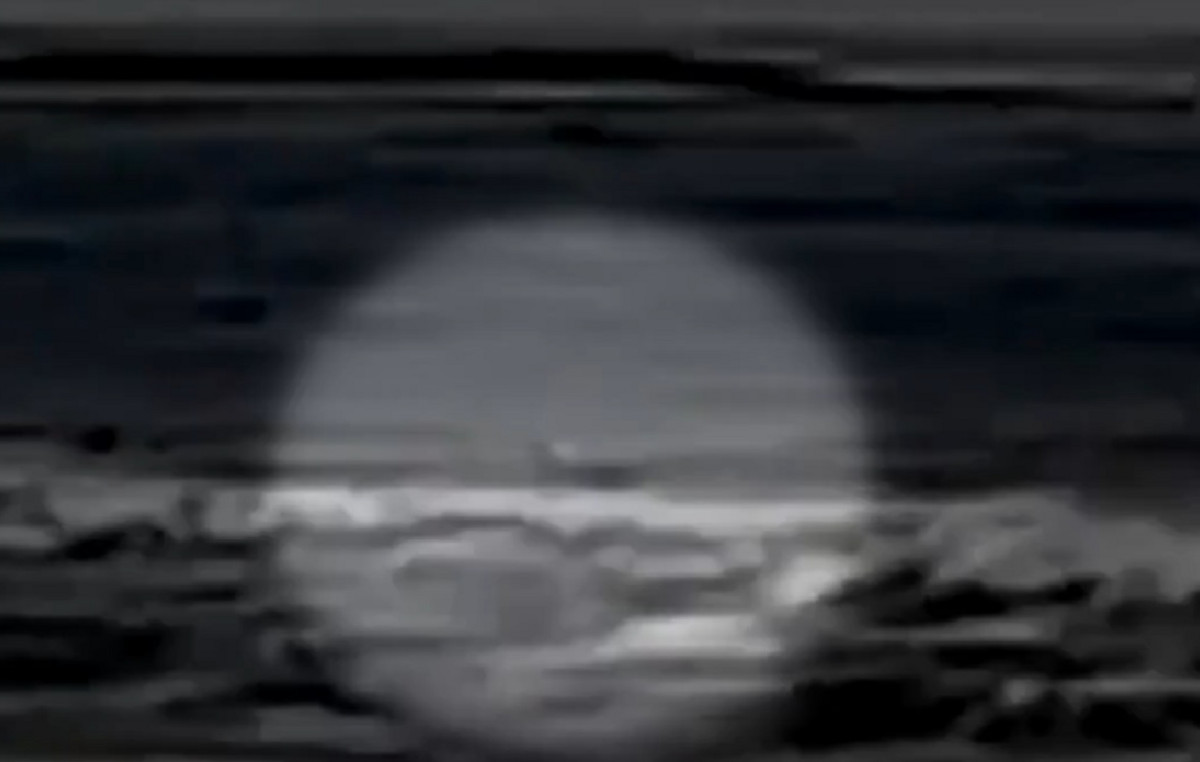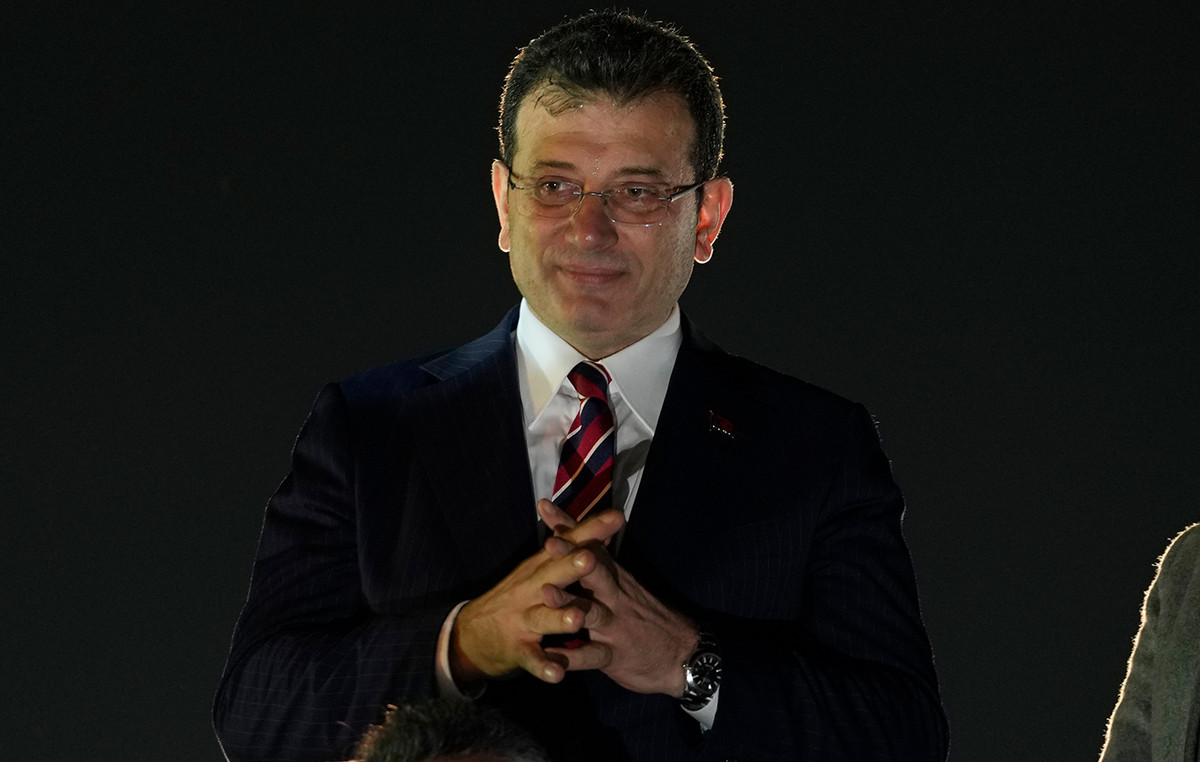With a scenario of inflation global, many countries have already started a process of high fees to fight it —such as Brazil and the United Kingdom—or are about to begin, as in the case of the United States and Canada. However, 19 countries in the Europe do not show that they will have interest rate hikes in the short term.
These countries form the so-called euro zone. Even with a record inflation of 5% in 2021, the European Central Bank (ECB), responsible for the monetary policy of all these nations, shows no signs that an interest rate hike could occur anytime soon.
At the same time, the municipality itself admits that it is facing an environment of uncertainty, and has shown internal divisions in recent months on the subject.
These discussions end up raising doubts about what can happen with the euro quotation here, with the currency around R$ 6. Understand the scenario:
ECB sees inflation as ‘temporary’
Pedro Raffy, a professor at Mackenzie University, says that the ECB’s analysis of inflation has been different from that of other countries. While nations like Brazil and the United States already admit that the inflationary process is more persistent, the autarchy still sees it as “temporary”, despite admitting negative surprises in recent months.
“The ECB analyzes that inflation is under control and should not escape the target, around 2%. But many analysts see this posture as risky, because other countries, especially advanced ones, have already started a process either of reversing expansionary policy or signaling higher interest rates. The ECB started to signal that it can change direction”, says the expert.
Livio Ribeiro, a researcher at Ibre/FGV and a partner at the BRCG consultancy, says that, behind the ECB’s logic, there is a consideration of the composition of inflation in the euro zone.
“In the United States, it closed 2021 at 7%, with a core, excluding energy and food, of 5.5%. In Europe, it closes at 5% with a core of 2.5%. The structure is that just over half comes from energy, in this case, the price of gas”, he says.
It is from this analysis that the ECB decided to keep the main interest rate in the euro zone at 0% at the February 2022 meeting, the same level since 2016. For Ribeiro, much of the pressure that the market has put on the bank raise interest rates is linked to the comparison with the United States.
The ECB President’s argument, Christine Lagardeis that the United States and the euro zone are in different cyclical positions.
In the old continent, inflation is not as widespread as in the United States and, therefore, raising interest rates would not solve the inflationary problem, as it would not attack the causes of the rise, linked to issues outside the region.
An example of this difference, according to Ribeiro, is the retail sales. In December 2021, those in the United States were between 15% and 20% above the same month in 2019, while those in Europe did not rise in the comparison.
Even so, the ECB has already decided that it will start to reduce stimulus, cutting bond purchase programs this year, but it will not end them, fearing that this could lead to inflation below the target due to low activity.
Lagarde herself acknowledged that inflation in January 2022 was higher than expected, and that if anything changes, the ECB is open to recalculating the route and raising interest rates sooner. The harsher tone, which was softened in later speeches, even made the euro rise.
Ribeiro sees the European problem as another. The eurozone has spent years with interest rates at 0%, but without a burst of demand, growth or inflation as expected. For him, factors such as demography and consumption pattern influence this.
Raffy, on the other hand, believes that it is, indeed, possible to have an increase in interest rates, even if small, in the second half of 2022, since the behavior of inflation has shown signs of high demand. “The ECB considers that the scenario does not require it, but depending on the next indices it may anticipate”.
Opinions within the board are different
Another problem that the ECB has faced is that of communication. With an interest-rate decision board made up of more than 20 people, speeches by directors in favor or against raising interest rates in 2022 end up messing with market expectations.
Livio Ribeiro claims that the division is the “status quo” of the ECB, as each member of the board is, in fact, also the president of the central bank of each member country of the euro zone. “Each one with different cyclical positions, is a natural difference, with different interests on monetary policy”.
If the previous president of the ECB, the now Italian prime minister, Mario Draghitried to centralize this debate, Lagarde has found it difficult to do the same, which according to Ribeiro is natural in the current conjuncture.
What to expect for the exchange rate of the euro in Brazil?
Pedro Raffy affirms that the tendency of the euro in relation to the dollar is of devaluation, due to the expectation of high interest rates by the Federal Reserve. “Now in reality, the story may be different.”
According to him, during the pandemic, the real had a strong devaluation, and the basic interest rate, the Selic, is already much higher than that of the United States and the euro zone.
“It is possible that, when the ECB raises interest rates, the real will depreciate against the euro, but, in general, thinking about a longer horizon, the tendency is to maintain the current price, because the real has already lost a lot of value” , says.
The possibility of appreciation or devaluation will depend not only on whether interest rates rise or not, but also on how much it would rise. If it is higher than expected, the real could devalue.
The factors that would lead to this event would be a greater rise in US interest rates or a greater shock in commodity prices, for example, with an escalation in the situation in Ukraine. These are elements, however, seen as unlikely.
Ribeiro, on the other hand, says that the difference in interest rates should lead to the fall of the euro against the dollarbut the equation becomes more difficult when the comparison is with the real, since the value also passes through the US currency quotation itself.
“The real is in a position that may be more fragile considering risk, political problems, domestic issues, but it has a much superior monetary policy cycle and strengthening of commodities that favor you. But you never know what will happen,” he says.
For him, the current trend is to maintain the level of R$ 6, with small increases or decreases depending on short-term events and because of the market’s own bets on a high interest rate or not.
In this sense, he assesses that the most important meetings of the ECB will be in March and June, when the bank will update its inflation report and it will be possible to notice possible changes in direction, bringing more concrete impacts.
Source: CNN Brasil
I am Sophia william, author of World Stock Market. I have a degree in journalism from the University of Missouri and I have worked as a reporter for several news websites. I have a passion for writing and informing people about the latest news and events happening in the world. I strive to be accurate and unbiased in my reporting, and I hope to provide readers with valuable information that they can use to make informed decisions.







